I am really enjoying getting back into film photography, and contributing, in a small way, to this site. But I also enjoy digital, for me the two are complimentary. This summer I have been carrying an EDC (Every Day Carry) camera with me in my cargo shorts, which has been one of my subminiature film cameras, notably the Minox B, Minox EC and Yashica Atoron. Small they are, but of course they are fixed lens and tiny negatives. They are fun and can still produce a reasonable image, but when I have wanted better quality, or to get closer without actually getting closer,or wider without being able to get further away, then my phone, a 2025 Google Pixel 9, usually comes to the rescue – and I have been OK with that.
But recently I have been toying with the idea getting another, small, digital camera to use instead of the phone. I have considered the Panasonic GM1 (pricey, but I have MFT lenses already for my Pen EP7) or the Pentax Q (cheap, cute and a nice complement to my Pentax Auto110s.) I have spent several days researching it, and keep wondering if I really want to spend the money on yet another camera.
Then, whilst rummaging around in the kitchen dresser, I found an old tiny digital camera I forgot I had. It is a Lumix DMC-FS41. I can’t be sure when I brought it, but the FS range was launched in 2008 and I know I had it before I moved to my current loaction in 2010. It hadn’t been used in ages, the battery was flat and I had lost the charger. A replacement charger (non OEM) was sourced for less than £10 on the internet and it arrived the next day. The battery seemed to respond well, and held its charge.
Given the cameras age, I wasn’t expecting much by way of results, but then I had an idea – why not try a side by side test? So that is exactly what I did, but before we compare images, let us compare cameras briefly.
The Google Pixel 9 has two cameras on the rear – a 50MP wide angle with a 1/1.31″ sensor, f 1.68, and a 48MP ultra-wide angle with a 1/2.55″ sensor, f1.7. Optical quality is only available at 0.5 and 1 x zoom, with digital zoom upto 8x.
The DMC – FS41 has a 14MP 1/2.33″ sensor, f2.5. It has a 5x optical zoom (Leica) and 4x digital zoom, for a combined maximum zoom of 20x.
In order to do the test, I shot out of a first floor rear bedroom window down over my fields towards two of my cows, which were approximately 200 metres away. It was a slightly cloudy August day at 4pm, with the sun behind me. The shooting position does vary slightly, and therefore so does the compostion.
First I took shots on the Pixel 9 at x0.5, x1 (optical) and x2, x4 and x8 (digital zoom.) I then used the FS41 and shot a wide, 1x, 2x, 4x (optical) and 8x, 10x and 20x (digital zoom.) Both sets of output used the cameras automatic settings and produced jpeg images. None have been manipulated post-camera.
The results, to be honest, were very surprising, well at least until I thought about it logically, but even then I am comparing a current model £400 phone to an at-least 15 year old point and shoot camera that probably cost me a fraction of that.
So, lets see some results and let the pictures do the talking!
Wide angle first…
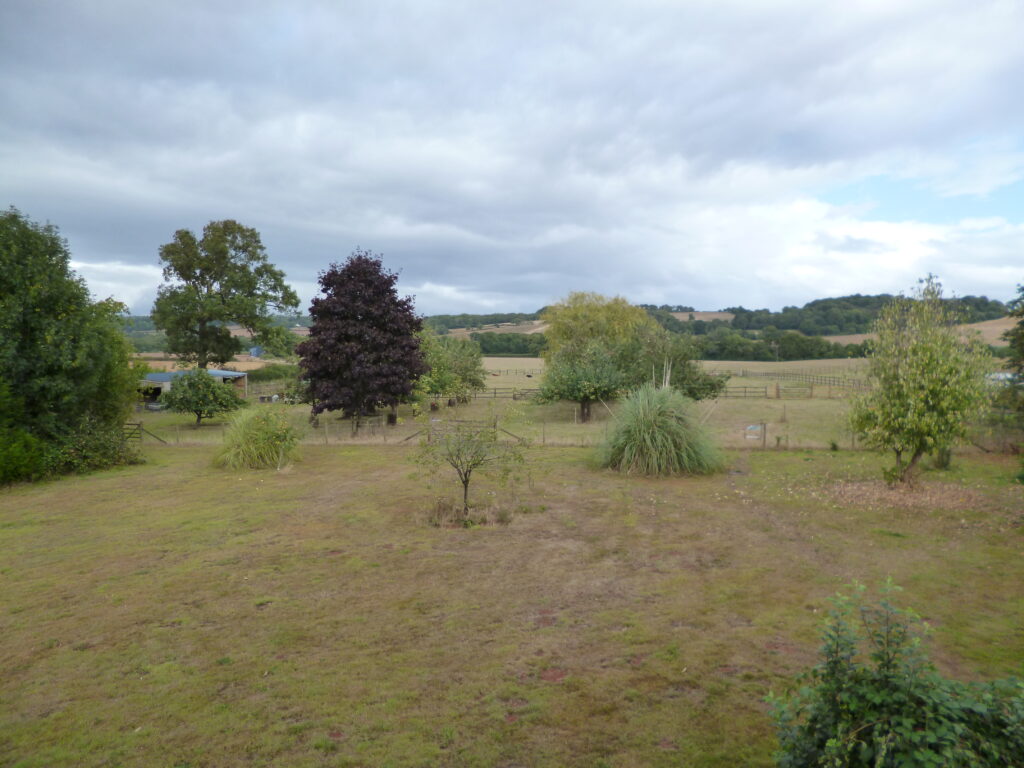
Left: Pixel9 Wide – Right: LumixWide
It is clear the Pixel 9 has a much wider, wide angle at 24mm equivalent compared to the Lumix 28mm equivalent. And throughout the pictures, the colour science is obviously different but I don’t fall out with either and both can be easily addressed in software for either camera.
Now 1x…
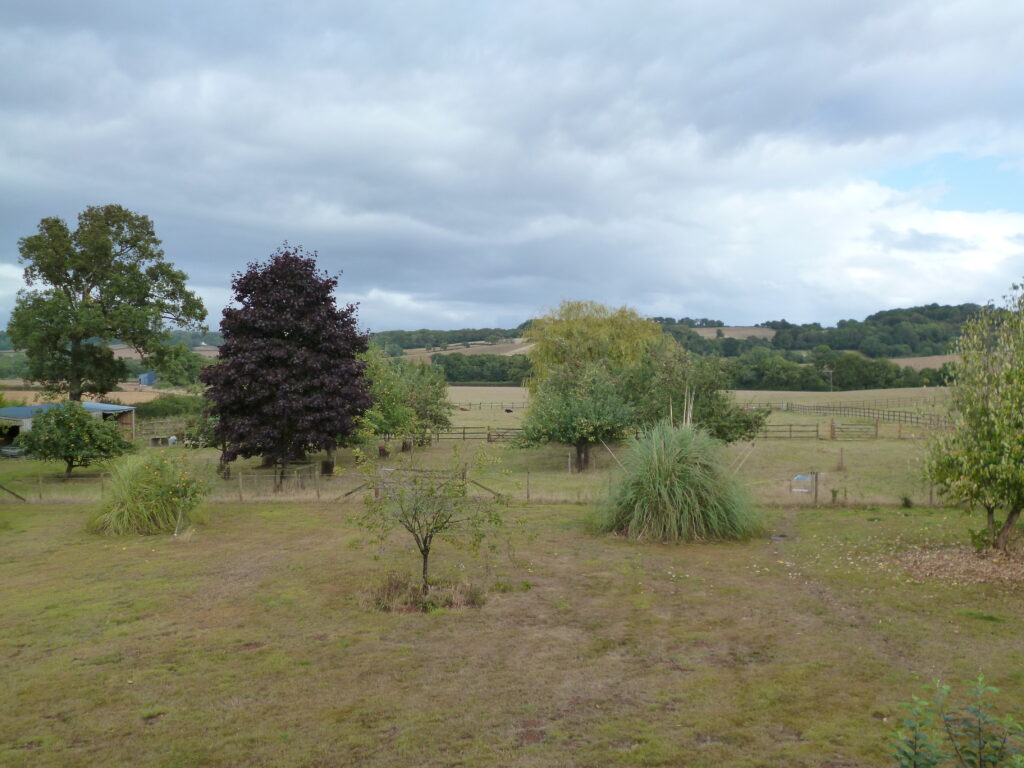
Left: Pixel9 x1 – Right: Lumix x1
And 2x…
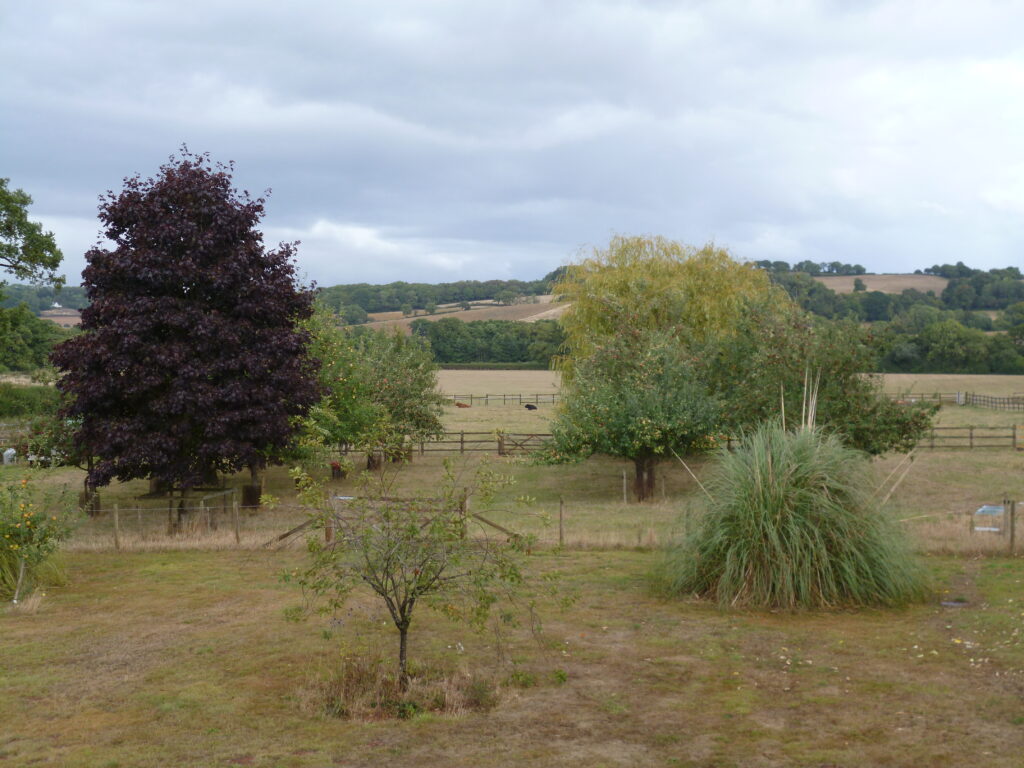
Left: Pixel9 x2 – Right: Luminx x2
Not much between these ones so far, I don’t think, but the Pixel 9 might be a little sharper at x2?
Now for 4X zoom…
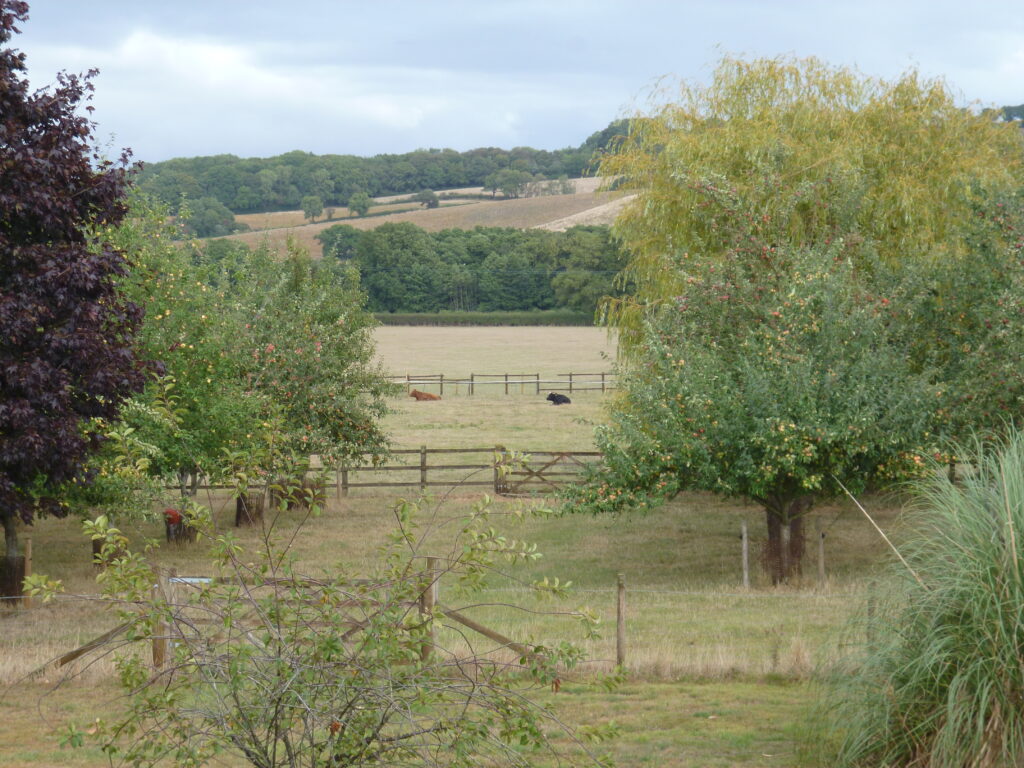
Left: Pixel9 x4 – Right: Lumix x4
In this case, the difference in definition is really starting to stand out, and the Lumix leads. Remember the Lumix has a 5x optical zoom, so there is no degradation in the camera caused by digital upscaling at this point.
Time for 8X (the Pixels’ maximum)…
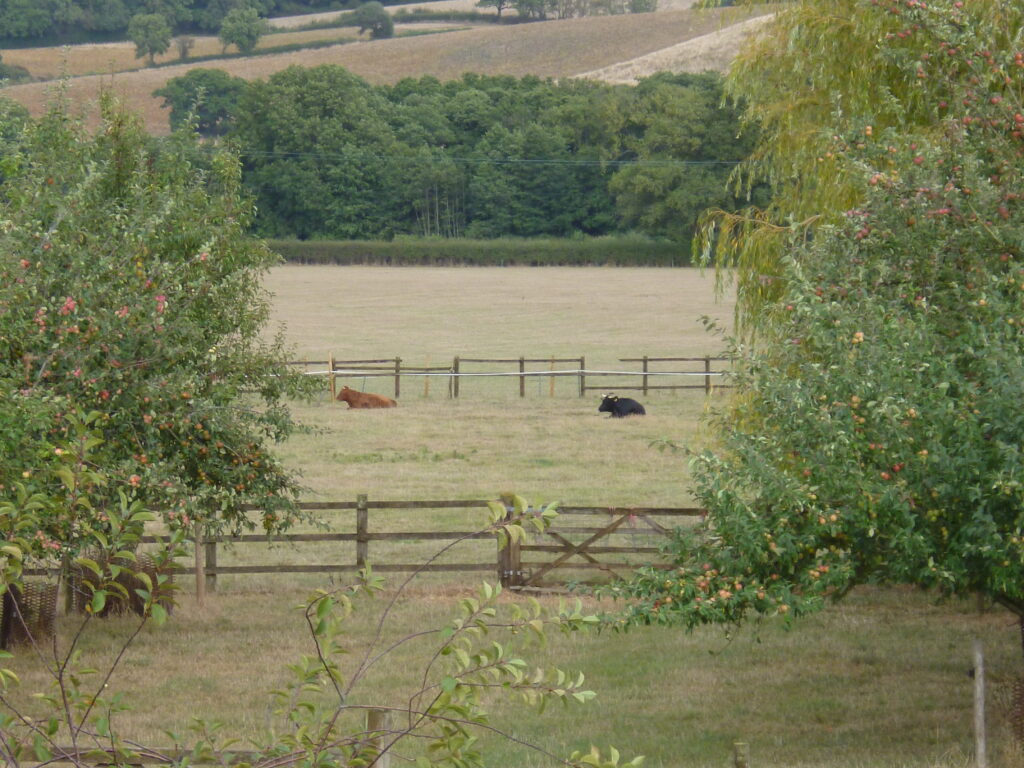
Left: Pixel9 x 8 – Right: Lumix x8
So both cameras are in the digital upscaling realm now, but of course the Lumix has less work to do , as it is building on the image of the 5x optical zoom lens. Lumix has it now…
The Pixel 9 is now out of the game, but the Lumix is till going strong and here are the images at x10 and x20 zoom respectively….
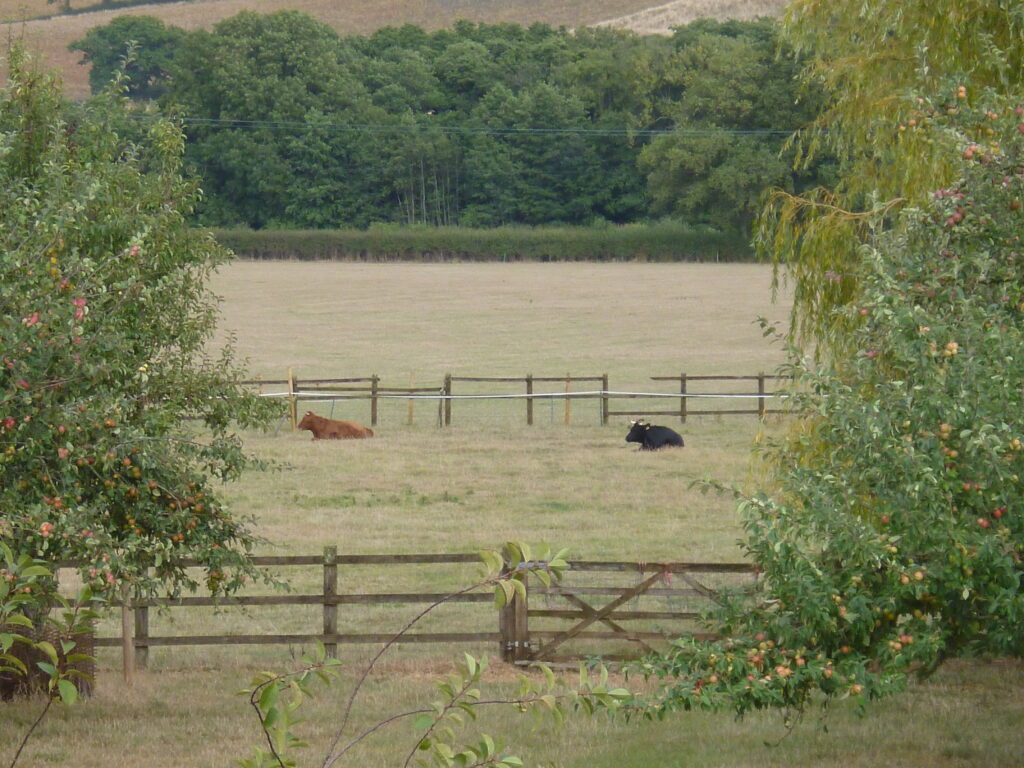

Wow! Well, of course there is degradation in quality, but even at 10x zoom, the Lumix image is pretty good considering, and whilst at 20X we have some fairly significant degradation, it is pleasing to see that the cow’s horns are still clearly distinguishable.
My conclusion?
Well, I have a few! The Lumix is definitely coming back into service and will be my digital EDC. It’s performance at wide angle, x1 and x2 is broadly comparable, but beyond that the Pixel9 loses quality rapidly, whilst the Lumix keeps going strong and is just about 2/3rds of the phone’s size. Of course, the Lumix is still just a point and shoot, and the only creative control I have is EV compensation and using the preset “scene mode” to try to affect the results. It also only outputs jpegs, whereas my phone gives me jpeg and RAW images, but a can live with that for what is, in reality, just a back-up camera that I plan to always have with me. Oh, and I am not going to bother spending more money on a Pentax Q or GM-1 – although there is more creative scope, they are both much bigger cameras (even though they themselves are tiny.)
Post-script!
Well, as I was showing my 20 year old son this comparison, he produced his brand new iPhone 16pro. I have not researched the specs of his cameras on this phone, but he proudly told me it would do better, and could do x25 zoom! So, off to the back bedroom we went and chose the nearest apple tree in our orchard as the subject. Below are the images at x10 and x20, with a single image from his phone at x25, which my Lumix cannot match. See what you think…
Apples x10…
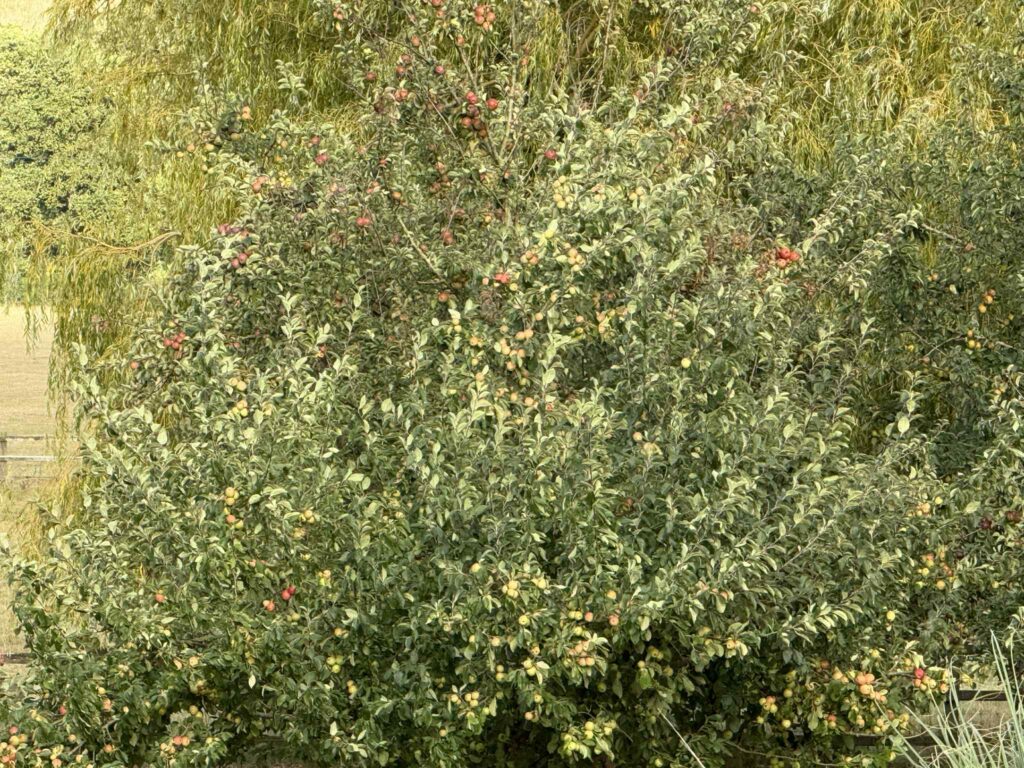
Left: iPhone16pro x10 – Right: Lumix x10
I think the iPhone might be a little sharper, what do you think? Certainly the red apples at the top of the tree are sharper on the iPhone, but then, if you look at the tree just behind and to the left, the weeping willow, looks sharper on the Lumix to me. Plus, in that area on the left, above the field and in front of the distant trees, in the Lumix shot you can make out the distant light green power lines, but not on the iPhone – mixed results there then and possibly a depth-of-field issue.
Now x20…
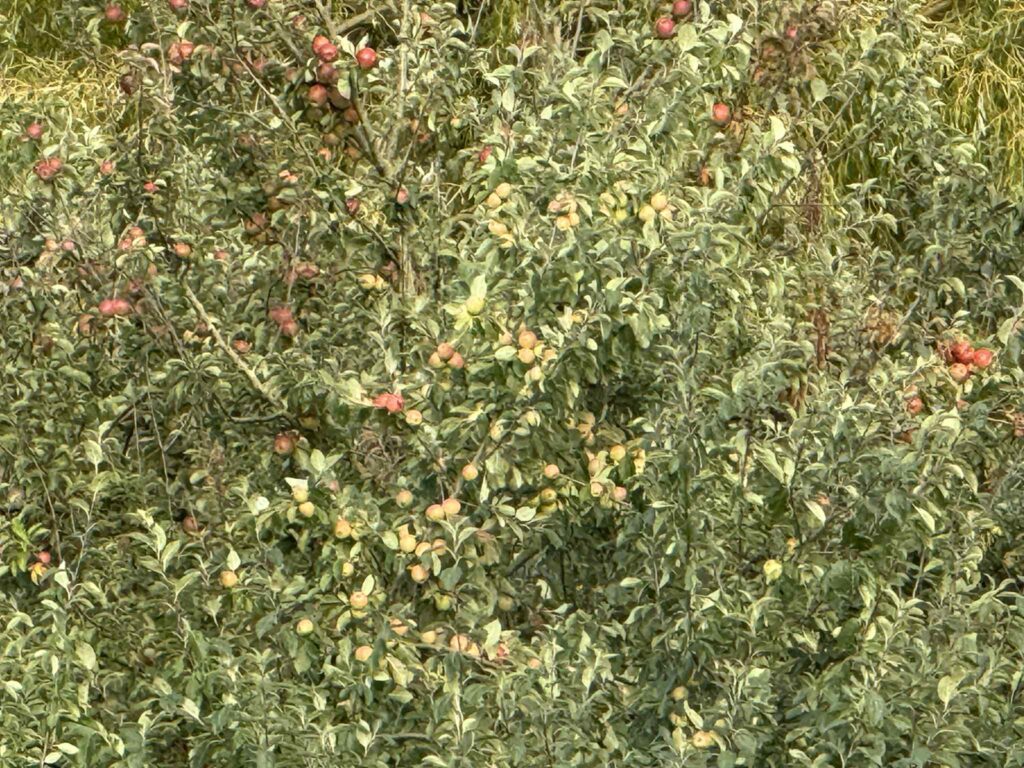
Left: iPhone16pro x20 – Right: Lumix x20
Here I think the iPhone definitely seems sharper, perhaps some AI type algorithm is at work here in the phone?
And finally, the iPhone x25…
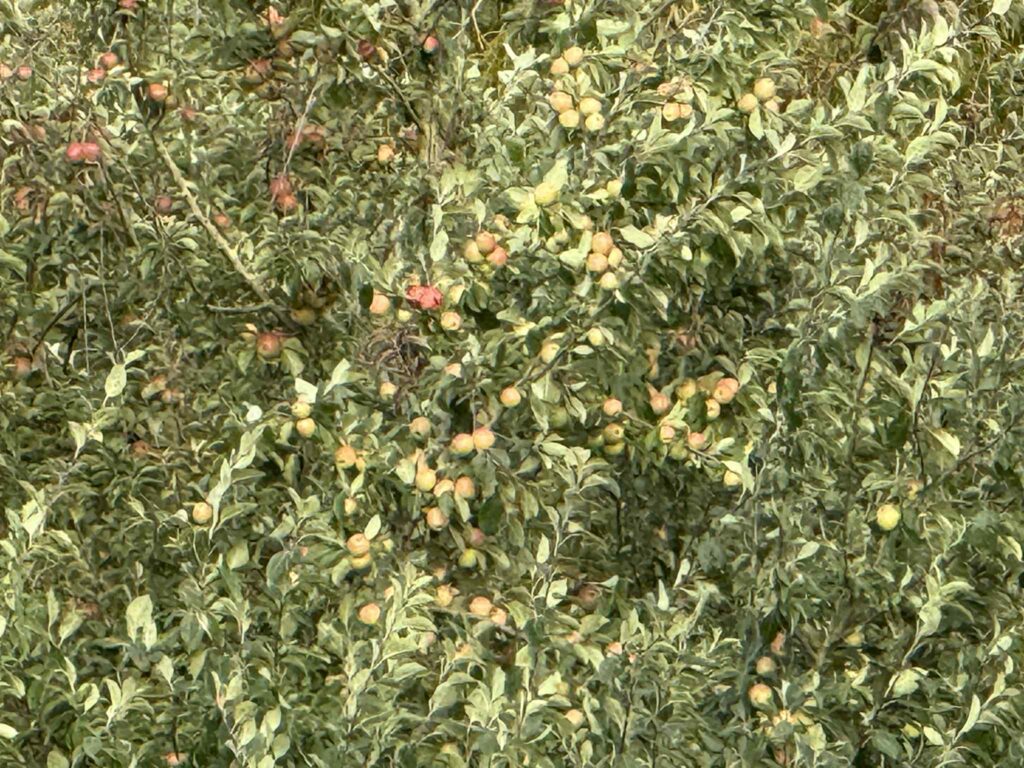
Definitely degrading, and not sharp, but not too shabby considering.
A concluding conclusion…
For me, the Lumix holds up really well and surpasses the Pixel 9, but, at extreme zoom lengths at least, the battle with the iPhone 16pro is mixed. So, finally, dig out those old digital compacts and breathe some new life into them – they are not dead and buried just yet!!
Share this post:
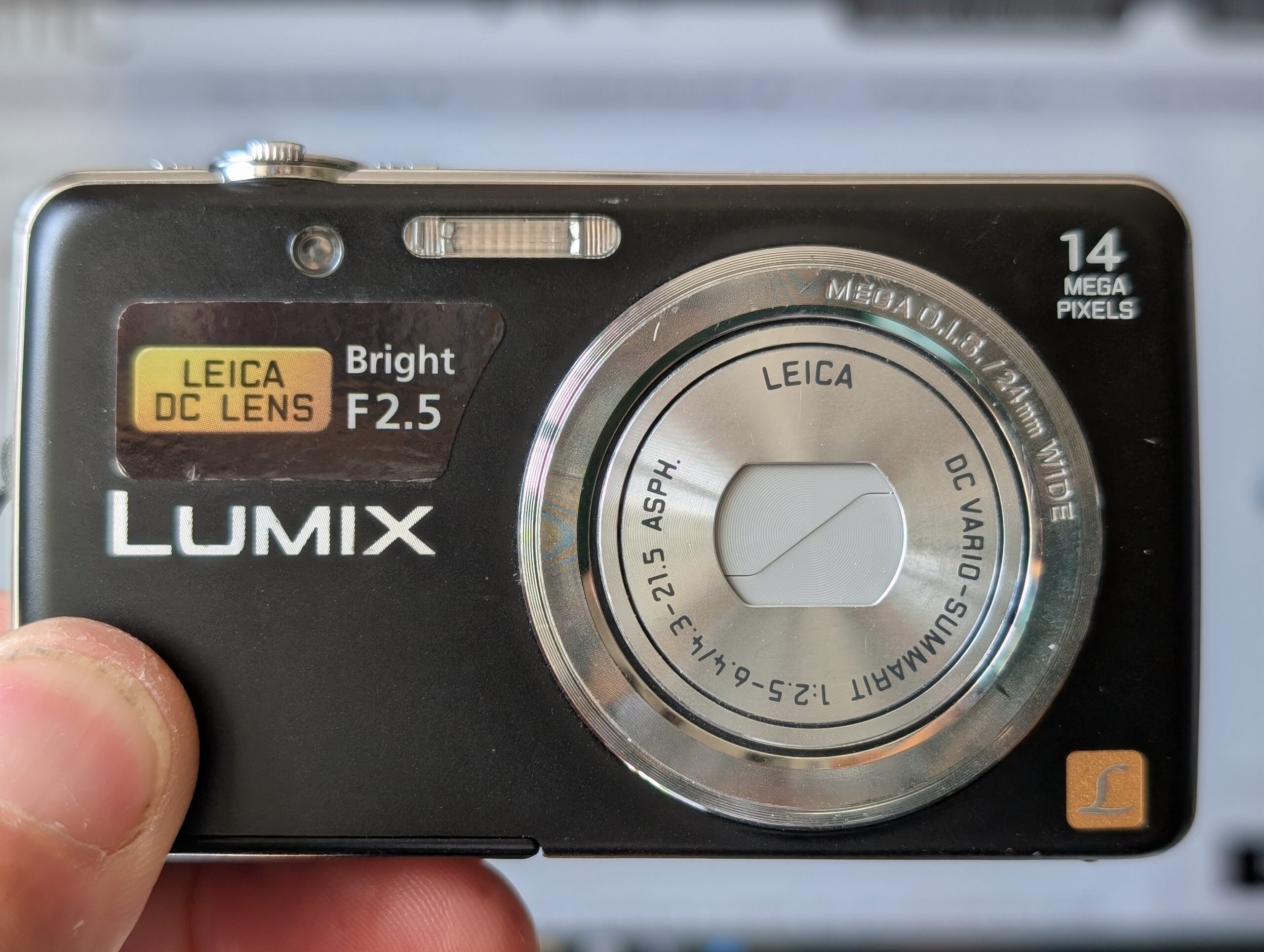
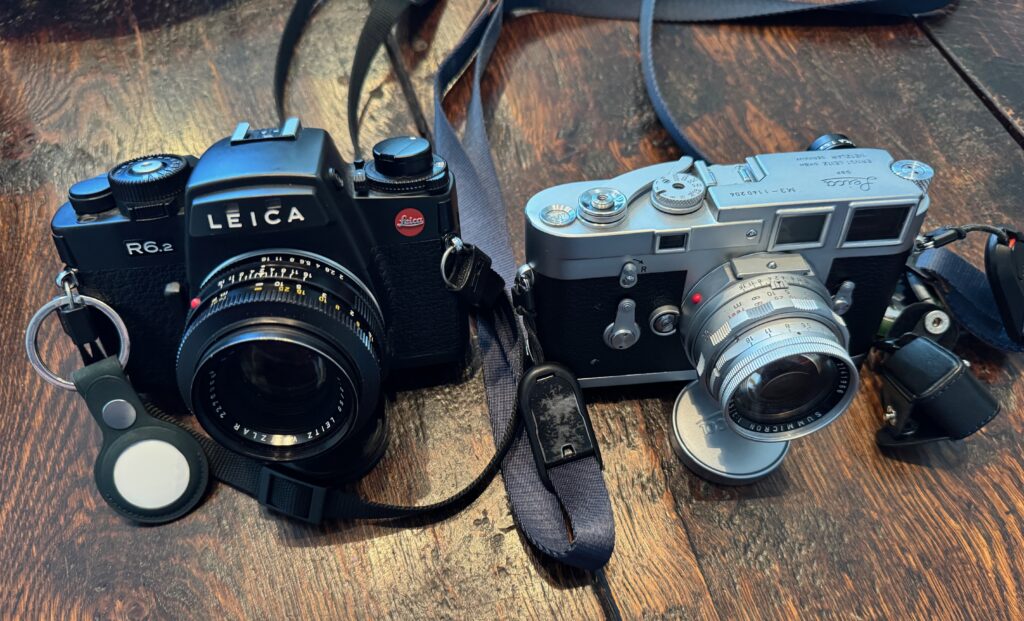

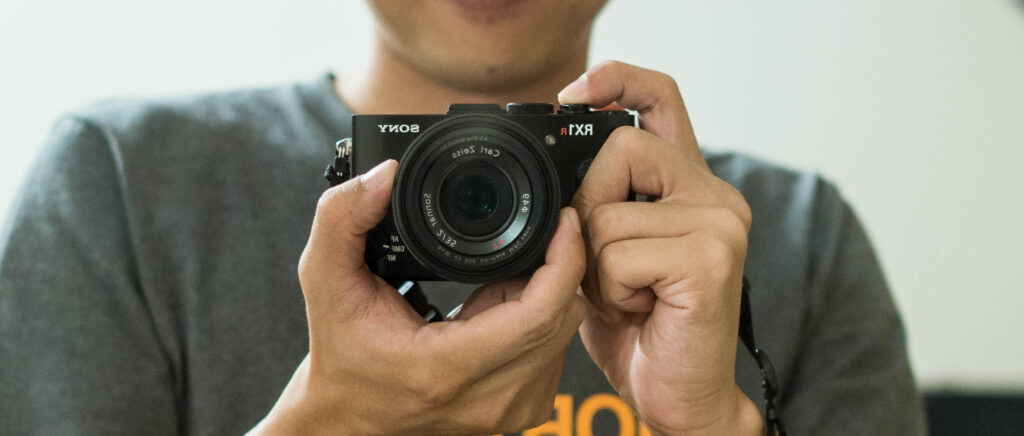
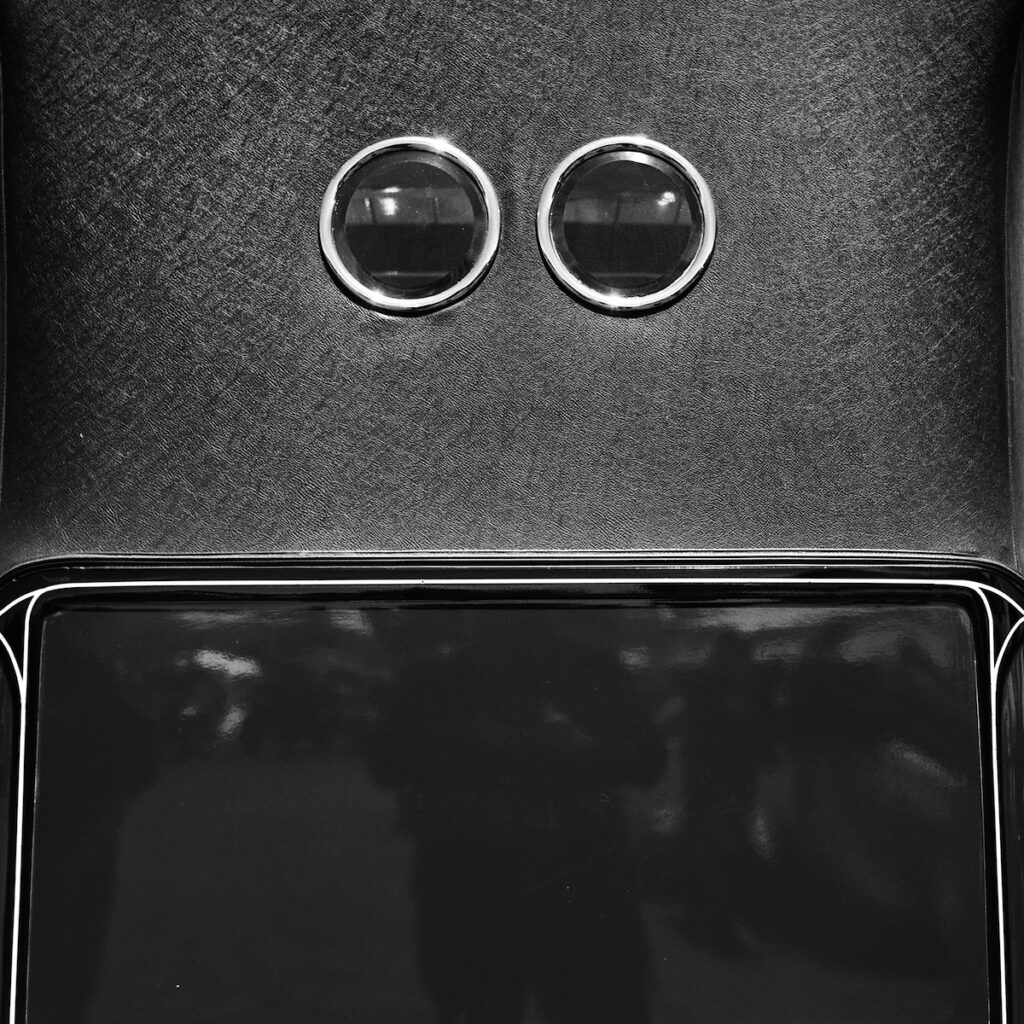

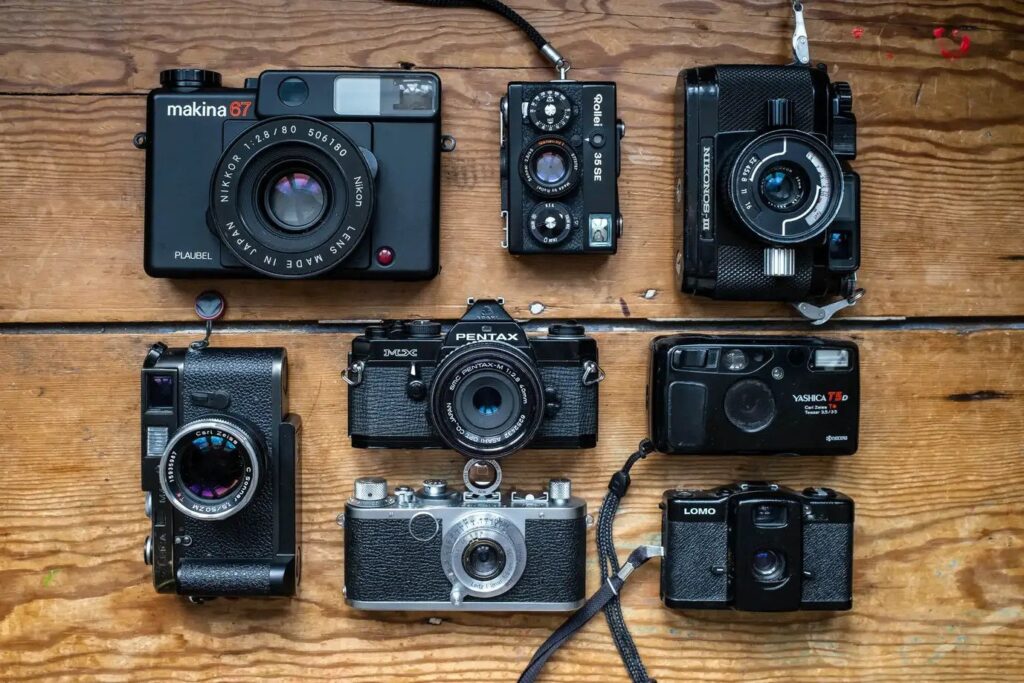
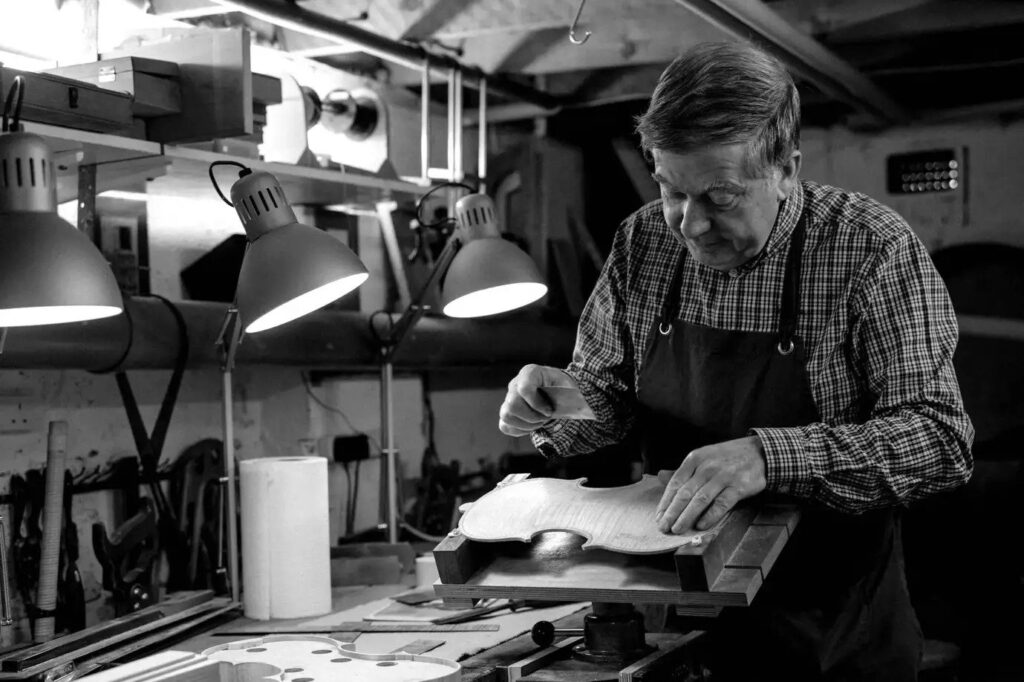
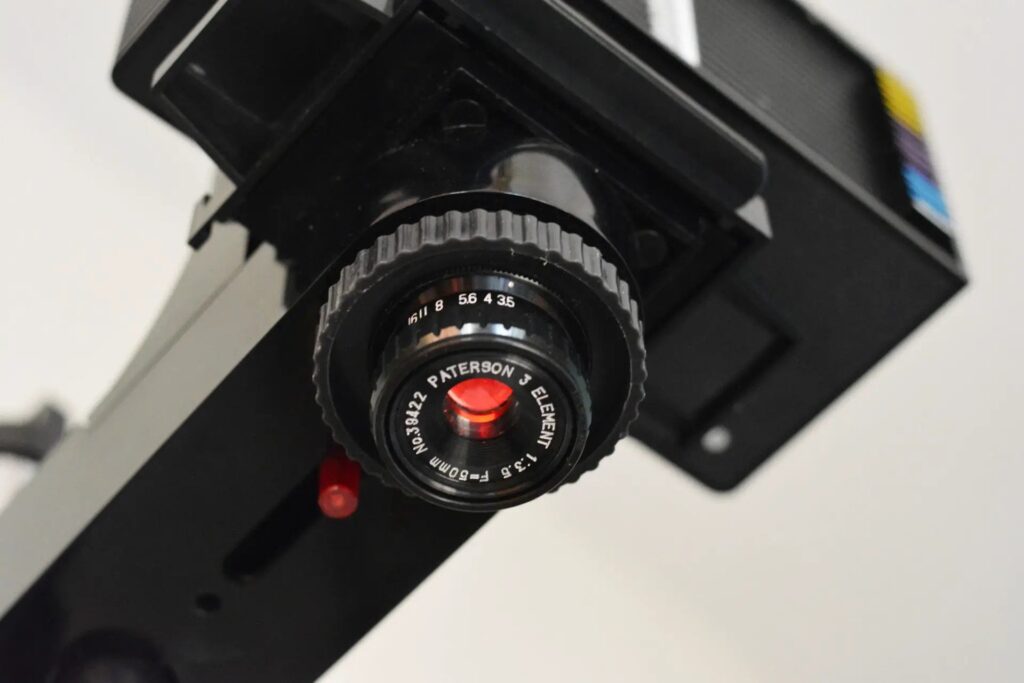
Comments
Peter Schu on A Phone camera vs 15 year old point-and-shoot
Comment posted: 05/10/2025
Comment posted: 05/10/2025
Andrew Fleetwood on A Phone camera vs 15 year old point-and-shoot
Comment posted: 05/10/2025
Comment posted: 05/10/2025
Marcel on A Phone camera vs 15 year old point-and-shoot
Comment posted: 06/10/2025
Dann in Melbourne on A Phone camera vs 15 year old point-and-shoot
Comment posted: 06/10/2025
I'm quite in the same situation, in a slightly different way. I have somewhere in one of my film boxes here at home, a Lumix GF1 kit (two lenses, sundry branded bits and pieces) acquired as a gift from a friend during the Covid lockdown in Australia. Very little used.
On those few occasions I took it out, that GF1 produced quite stunning results. I've not tried to make wall-size prints from the images, but on the whole it holds its own well, in terms of colors, mid-tones and overall definition. I can't remember how many MPs it has, but whatever the number, it holds it own well in the realm of web postings, which is what 99.whatever% of us most likely do nowadays. Very few people I know bother to print any more. I've not done a print in so long, I've quite forgotten how to go about setting up my (equally antiquated) printer to produce anything on paper, let alone the cost of buying a new ink cartridge for the thing as the old one has surely bitten the dust by now. So for online imagery, the GF1 - and I daresay most old digicameras of that long ago era - more than hold their own.
My latest point-and-shoot is rather more sophisticated - an as new Nikon Z6 I picked up for a remarkably low price, made in Japan so a pre-2020 model, with +/- 350 'clicks' so almost unbroken-in. Paired with a Nikon Z 40/2.0 I bought for about half its going retail price in Australia (high), it's a nifty small lightweight kit, and it has truly enhanced my photography as well as my way of seeing the world through a lens, as I've done since the 1960s.
So yeh, tomorrow I will fossick thru those boxes and dig out the GF1. Charge the battery. Insert an 8 GB card. And off we go on one of my beloved early spring bush walks in Victoria (Australia), weather permitting of course. Climate change or whatever it is, we are getting very variable weather this year. But I (and the GF1) will cope.
Old dogs new tricks. For people and cameras.
A most excellent article, BTW. And so well illustrated. Kudos to the author.
Comment posted: 06/10/2025
Ibraar Hussain on A Phone camera vs 15 year old point-and-shoot
Comment posted: 08/10/2025
My conclusion is that smartphone cameras are flat lifeless fakery. Almost everything about them depends on Computational effects.
I did some comparisons with a 2003 Olympus E-1 and an iPhone 15 Pro, and an iPhone 12 Pro vs a Konica Minolta Dynax 7D. Yes, they're DSLR's but ancient - both blew the iPhone images away from here to Timbuktoo.
I also did some with a Casio ZR800 and my iPhone 12 pro - again the iPhone got whooped.
The Casio is a gem https://www.35mmc.com/16/01/2024/casio-ex-zr800-my-cheapo-companion/
Of course they (old Digicams and DSLR) can't compete when shot in low light, and of course it helps if your Digicam is a decent one.